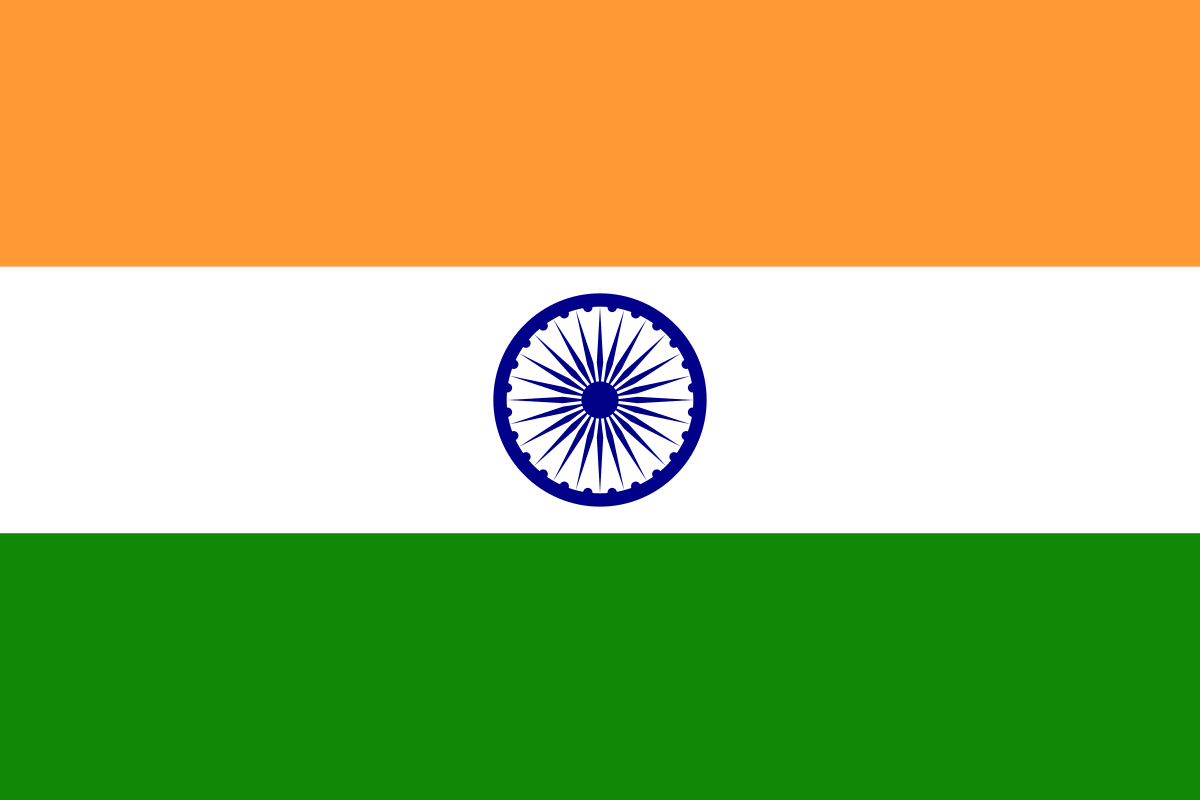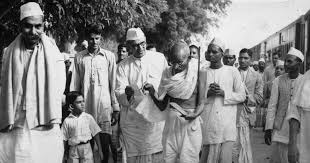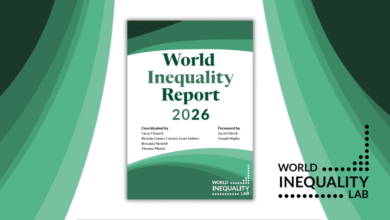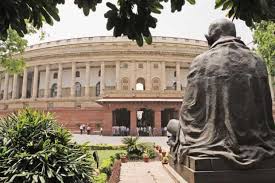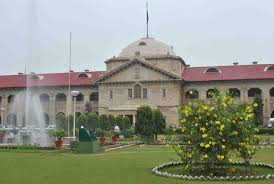THE IDEA OF INDIA
Diversity our core civilizational value
What is the idea of India ? Is it cultural , religious and linguistic diversity or promoting just one dominating culture , religion and language? An analysis by Dr. J. S. Yadav* former director the IIMC, Delhi and a political thinker.
Mahatma Gandhi’s Idea of India is inclusive –secular, democratic, equality for all and, caring for the downtrodden.
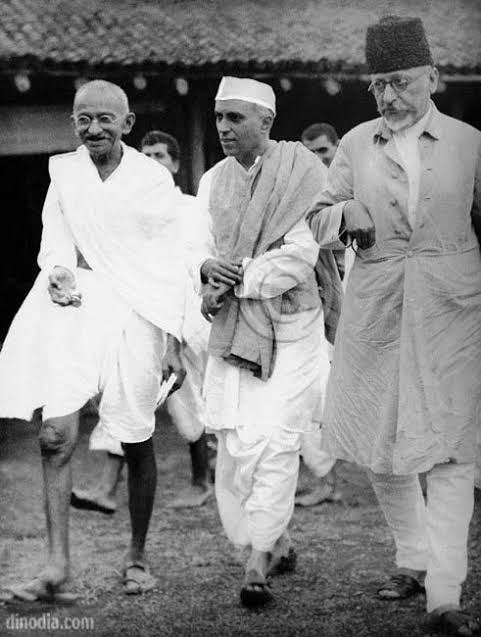
While the Idea of India for Rashtriya Swayamsevak Sangh (RSS) is exclusive Hindutva as defined by M.S. Golwalkar and Vinayak Damodar Svarkar.
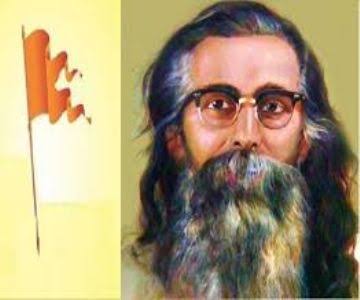
Under the leadership of Mahatma Gandhi, Jawahar Lal Nehru, Sardar Vallabh Bhai Patel, B.R. Ambedkar and other leaders, the founding fathers of the constitution , recognized our inherent diversity and opted for Parliamentary Democracy based on universal adult franchise.
Mahatma Gandhi, father of the Nation and one of the greatest communicators ever born, used faith, culture, and action and build the movement of common people against a mighty British Empire.
Jawahar Lal Nehru, the first Prime Minister of India, while promoting scientific temper fought bigotry and encouraged questioning minds to innovate and progress. Universal franchise empowered Indians to fight for equality and social justice.
Nationalism as a socio-political concept evolved in the 18th century Europe and has among others three main defining pillars- one language, one religion and one common enemy. On the contrary, Indian nationalism is multilingual, multi-religious and has no common enemy per se.
Even during Freedom Struggle the British were not considered as enemy and we continued to be member of the Commonwealth and pursued non-alignment as policy after independence.
But Hidutva under the patronage of RSS as a cultural force and BJP as a ruling party at the Centre, Indian nationalism is moving towards European model nationalism- one religion- Hindu, privileging one language- Hindi, and one common enemy- Pakistan. Any one differing with it is anti-national and unpatriotic.
But Hidutva under the patronage of RSS as a cultural force and BJP as a ruling party at the Centre, Indian nationalism is moving towards European model nationalism- one religion- Hindu, privileging one language- Hindi, and one common enemy- Pakistan. Any one differing with it is anti-national and unpatriotic.
Nationalism is the mother from which both patriotism and jingoism emerge, though a thin line to distinguish the two but with huge consequences; patriotism is a virtue while jingoism is a vice.
As a precursor to the 2014 parliament elections stoking of nationalism and patriotic feelings was noticeable in public and media discourses. Various scams during UPA-2, Anna Hazare Movement against corruption, escalating prices of commodities of daily use that hit middle and lower classes hard, weak leadership of the then Prime Minister Man Mohan Singh and 10 years of incumbency per say made the Congress party very vulnerable. Taking advantage of strong negative feelings about Congress, the BJP / RSS combine decided to nominate Narendra Modi, its chief minister of Gujarat, as the prime ministerial candidate rough- shodding voices against it by senior leaders like L.K. Advani.
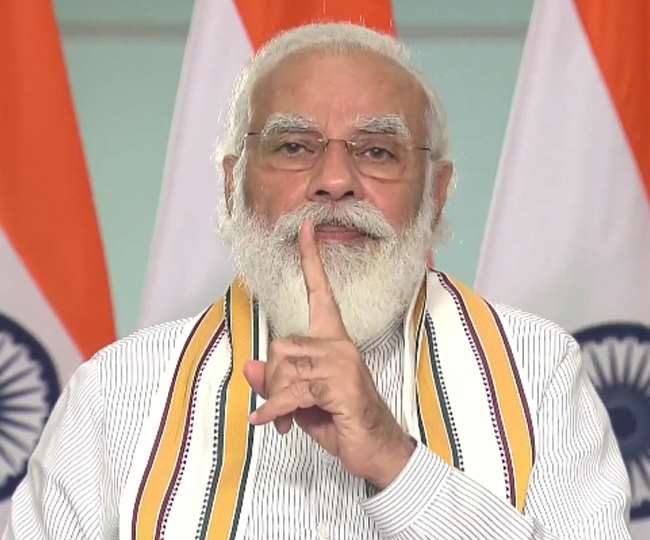
BJP started its run for 2014 polls early in September 2013 and strategically targeted different sections and regions of the country. Modi’s meeting with students at Sri Ram College of Commerce, Delhi University, was a great hit connecting with youth aspirations. A rally at Rewari in Haryana was an attempt to connect with defence forces personnel. Mass rallies, “Singh, Garjanas” in different parts of the country made good media stories and Narendra Modi a household name across the country.
As such, the 2014 parliament elections provided BJP a golden opportunity to go for the kill; “Ab Ki Bar Modi Sarkar”. Great hopes were being built among the electorates in general and the youth in particular. Taking advantage of the situation, BJP launched an aggressive advertising and marketing campaign. The BJP as a strategy was marketing Narendra Modi with more than one USPs (unique selling points) and appeal to reach out to the voters from different sections of the society. Narendra Modi’s USP included, his being strong, decisive and an able administrator and his appeal was for development and fulfilling the aspiration of the youths.
The marketing campaign made Modi pan Indian leader and Modi was transformed from a product / commodity to a brand. As the campaign progressed, the focus of political discourse shifted from development to communal versus secular debate, Hindutava face of BJP/ RSS came to the fore front and Modi emerged as a strong leader this was perceived as a threat to religious minorities, especially the Muslims leading to their increasing consolidation in favour of those who could ‘possibly’ defeat the BJP candidates.
As a backlash to Muslim consolidation Hindu consolidation also seemed to have occurred giving BJP a huge advantage in the intensely fought electoral battle for Parliament.
Indian voters, though many of them may be poor and illiterate, are discerning and make their voting decisions wisely surprising the strategists, planners of many a smart campaigns and the pollsters. The electorates, particularly the youth, voted in favour of Narendra Modi for development and for aspirational hopes ignoring many of their primordial identities like caste, religion and region and thereby giving a decisive victory to BJP in the 2014 and 2019 Parliament Elections thus ending the era of coalition governments at the Centre.
With BJP at the helm of affairs at the Centre and in many states stocking of nationalism has intensified. The dominant political narrative in India has increasingly become divisive. Caste, religion, region, ethnic and kinship identities are being unashamedly used in political discourse with an eye to mobilize people as potential vote banks. In a competitive democratic polity the notion of ‘we’ versus ‘they’ is inevitable. But the divisive politics and media discourses now becoming jingoistic and questioning the patriotism of all those who differ is not a healthy development.
We have made substantial progress, development and modernization in many fields but our public discourse continues to be on terms of caste, creed and regions thereby making socio-economic disparities more visible, perceptible and even intolerable. Affirmative measures to help minorities and the marginalized communities are contested in the name of ‘equality of all citizens’ and are labelled as appeasement of the minorities, and SC /ST communities.
The dominant narrative being divisive leads to assertive posturing and intolerance in competitive vote bank politics. Some elected leaders (Members of the ruling party BJP) are planning to introduce a bill on “population control”, for a two-child family in Parliament. As a matter of facts, the BJP-ruled Uttar Pradesh has already released on 10th July a draft legislation (law) for two-child family to ‘control population’ with accompanying provisions for both incentives and disincentives.
The media, especially the TV provides easy platform for wider dissemination of such divisive discourses. The social media goes a step further and serves as arena for free-for-all verbal aggression and even liberal display of weapons for identity assertion. The result is increasing intolerance of ‘others’ and their opinions, religion, and culture including food habits.
A revisit to Gandhian approach to communication, politics, patriotism and nationalism is therefore necessary for a balance. Gandhi was known for not only tolerance but also for genuine respect for opponent’s point of views, religious beliefs and customs.
There is need for acknowledgement and appreciation of our inherent diversity, our core civilizational values and strength.
Dr J.S. Yadav is former Director , India Institute of Mass Communication IIMC and a political thinker.

